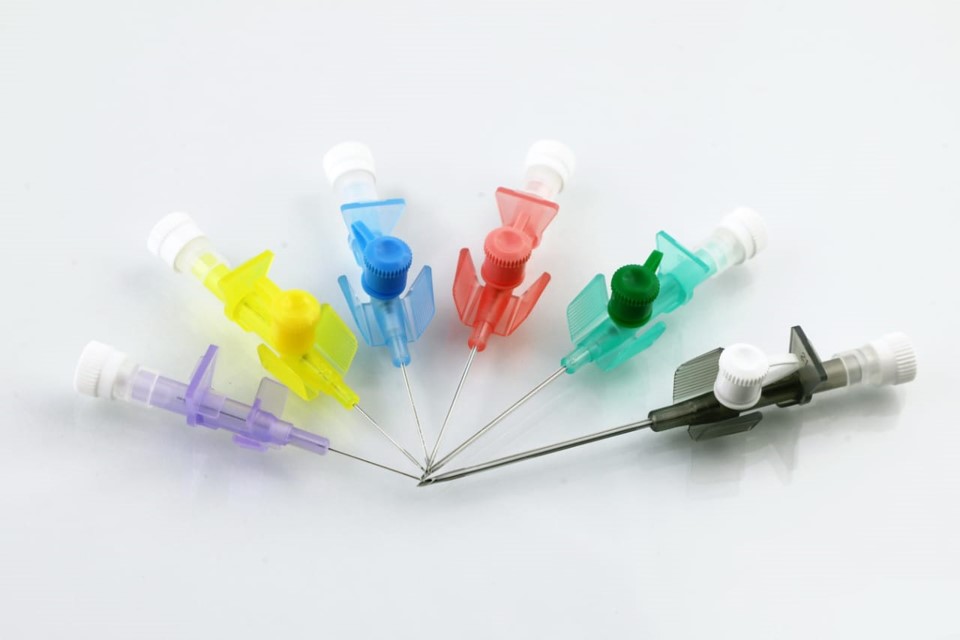

Intravenous Cannula, also called as I.V. Cannula, is used to create a pathway for fluid, medication or blood products. It also lets you take multiple blood samples without causing a lot of discomfort to the patient. So, an I.V. cannula is used to administer drugs and fluids as well as nutrition to the venous system. The process of inserting an I.V. cannula is called Intravenous (I.V.) cannulation. Though a simple medical procedure, you need to know the technique for safe completion. This brings us to the question – where is the best place to insert an IV cannula?
Read on to know the answer.
The Best Place to Insert an IV Cannula
Hands
The Dorsal arch veins can be seen at the back of your hands. However, these are larger and easier to see over the back of the wrist. I.V.s inserted in dorsal arch veins can be easily splinted and it is easy to spot infiltration, which is why hands are the most preferred site of I.V. Cannulation. But, these make the use of hand limited, which might start hurting the patient after a while.
Forearm
Forearm is the perfect location for inserting I.V. cannula for passing on fluids to the body. But, not everyone has great forearms. Also, if you are inserting the cannula for taking blood, it might not be a reliable option.
Upper Arms
Hands or the upper arms have large veins, which are closer to the surface making them a good location for I.V. cannulation. However, if the patient doesn’t have muscle mass or say is a hard stick, you might need to look for other areas such as legs. The other thing to consider is that the risk of infection is high in legs or lower part of the body.
External Jugular Vein
If unable to locate a vein in one of the above-discussed areas, you might consider external jugular veins that are present on side-neck of the patient. The size and diameter of these veins are larger than that of the veins in arms, so cannulating them could be easy.
Tips for I.V. Cannulation
- Inspect and feel the vein. At times, you can feel the cord of the vein but can’t see it. Be patient, and find out the best location otherwise you will be sticking the cannula to the patient’s arm multiple times.
- Once you find a vein, stimulate the skin by tapping on that area and it will make the veins grow.
- Choose a standard I.V. catheter that should be of 20 or 22 gauge.
Parting Thoughts
Intravenous Cannulation is a straightforward medical procedure, but different professionals may have different techniques. The basic procedure is, however, the same – gather material, prepare the insertion site, insert the needle and clean up the place after the cannula is inserted. In addition to following the right procedure, it is also important to use high quality I.V. Cannulas to ensure patient safety. HMD, a renowned name in the healthcare industry, offers I.V. Cannulas that are fabricated using sterile, non-pyrogenic and non-toxic material. They offer I.V. Cannulas under three brands- Kitkath, Cathy and Cathula that are recognized for their excellent quality and exceptional value.

